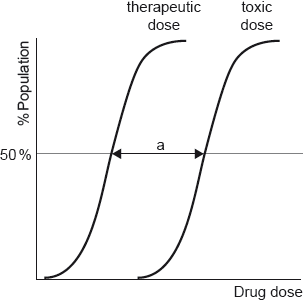| Date | May 2019 | Marks available | 1 | Reference code | 19M.3.sl.TZ1.17 |
| Level | SL | Paper | 3 | Time zone | TZ1 |
| Command term | Suggest | Question number | 17 | Adapted from | N/A |
Question
This question is about antiviral drugs.
Oseltamivir, used for the treatment of severe flu, is inactive until converted in the liver to its active carboxylate form.
Draw a circle around the functional group that can be converted to the carboxylate by hydrolysis.
Suggest a reason for using a phosphate salt of oseltamivir in oral tablets.
Anti-HIV drugs, such as zidovudine, often become less effective over time.
Explain the development of resistant virus strains in the presence of antiviral drugs.
Markscheme
[✔]
Note: Accept circles that include the alkyl side chain.
more soluble «in water» [✔]
viruses undergo «rapid» mutation [✔]
mutation causes a change in viral protein
OR
drug to no longer binds to virus [✔]
Note: Accept “rapid reproduction «allows resistant viruses to multiply»”.
Examiners report
Many students erroneously identified the amide as the required group, failing to realise that its hydrolysis would give the carboxylate ion of the side chain lost to the drug.
About a third of the candidates realised that producing a salt would increase the drug’s aqueous solubility, though many just stated “increased bioavailability” without explaining how this came about.
Another question where well argued responses were rare, though many students gained credit for mentioning the ease of mutation and the speed of reproduction of viruses.


